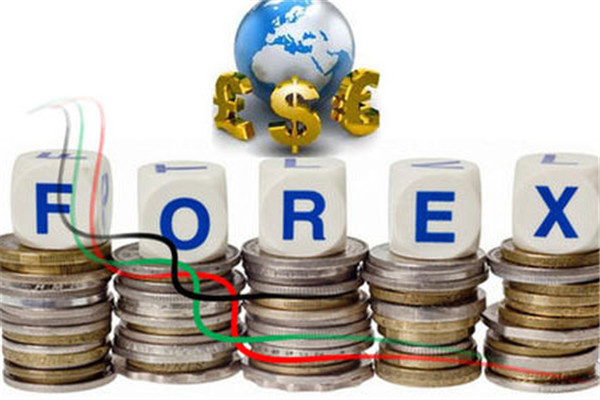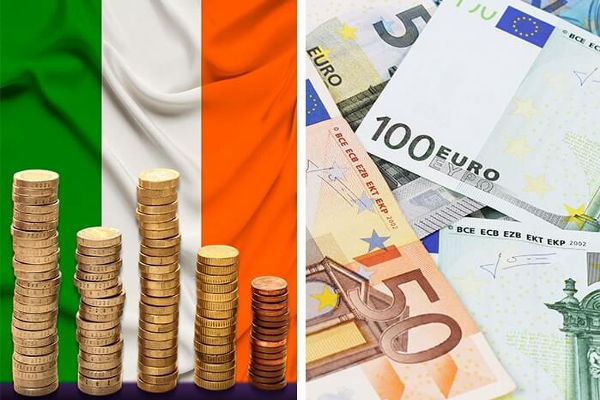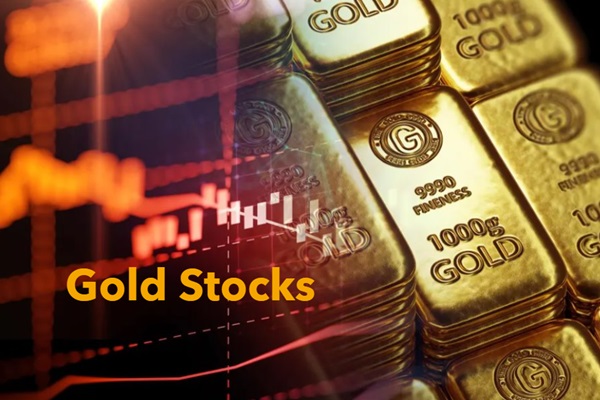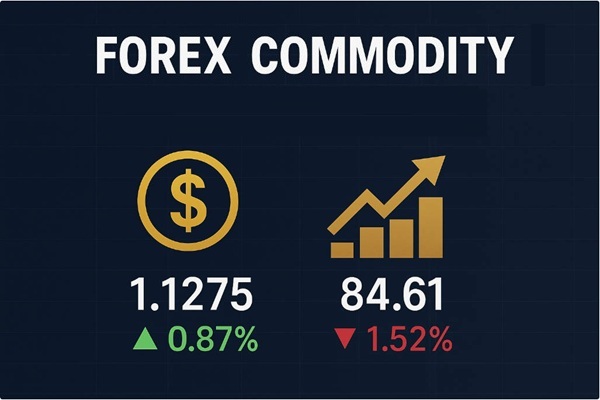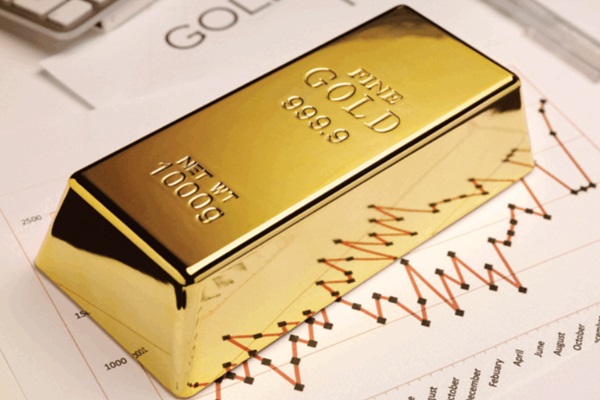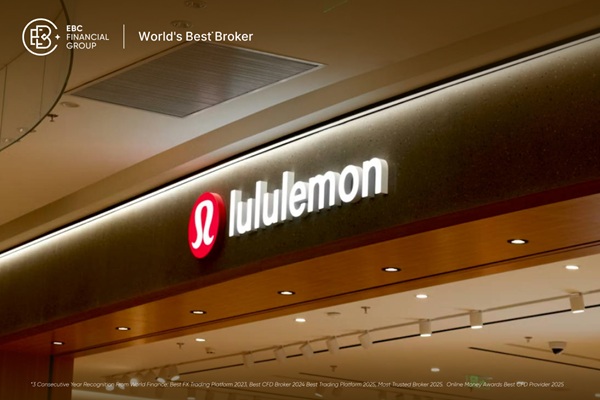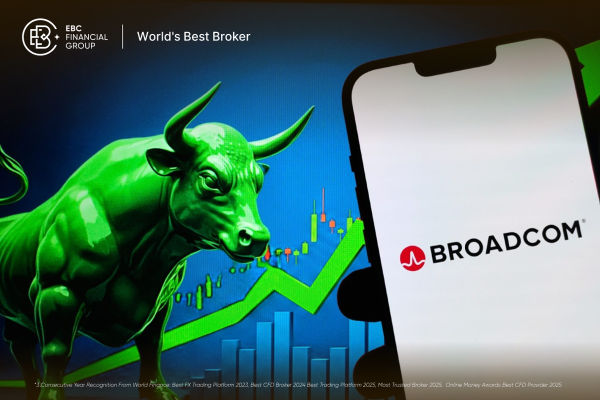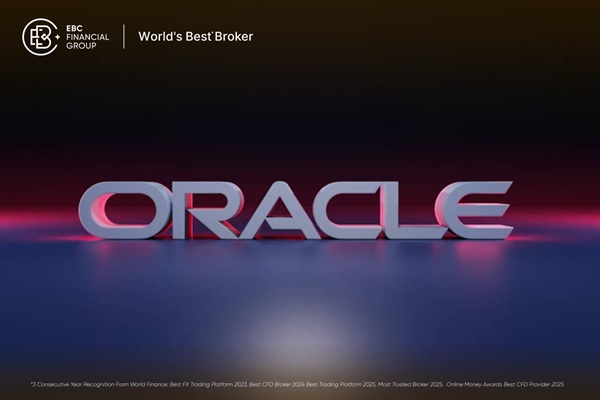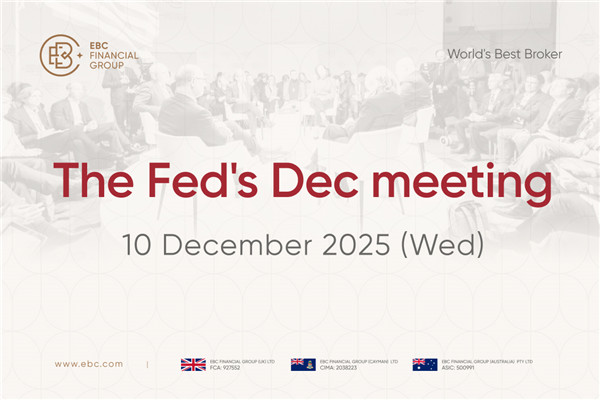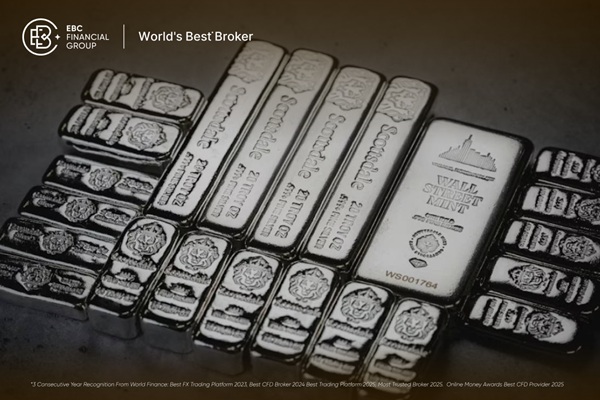The Historical Origins of the Foreign Exchange Market
Where there is currency, there is a foreign exchange trading market.
The origin of the foreign exchange market can be traced back to trade
activities in ancient times. In the early stages of human civilization's
development, people from different regions began to engage in cross-border
trade, exchanging goods and resources they needed. However, due to the different
currency forms in different regions, this leads to exchange rate issues, namely
how to exchange currencies. With the expansion of trade scale and the continuous
development of trade networks, the foreign exchange market has gradually
formed.
Its history can be traced back thousands of years BC, when the first batch of
metal coins appeared in Egypt. From the current perspective, foreign exchange
trading began to develop in the Middle Ages. This is closely related to the
development of international trade and navigation. Italian money changers who
earn money by exchanging currencies from different countries are considered
among the first batch of money changers.
With the development of international relations, the market contour has
become increasingly clear, and the foreign currency exchange market has
undergone changes. The most significant changes in the foreign exchange trading
market occurred in the 20th century. In the 1970s, when the fixed exchange rate
system of one currency against another was abolished, the foreign exchange
market gained modern characteristics.
After lifting the restrictions on exchange rate fluctuations, a new form of
business emerged: earning profits under the conditions of a free system of
exchange rate fluctuations. Moreover, exchange rate changes are influenced by
all possible market conditions and are only regulated by supply-and-demand
relationships.
Russia's foreign exchange emerged in the 1990s with the development of free
market relations. The most advanced banks quickly realized that they could make
considerable profits in this market. So a trading department was established to
engage in speculative activities in the money market. Professionals in this
field have quickly become popular, not only in Russian banks but also in some
Western banks. The number of traders is constantly increasing every year.
The main stages of the development of the foreign exchange market (according
to modern encyclopedias)
In the 1930s. Global financial crisis. Economic and trade relations have also
been disrupted. The reign period of the gold coin standard has become a thing of
the past. In the mid-1930s, London became the world financial center. The pound
has become the main currency for foreign exchange transactions and the
establishment of foreign currency reserves. At that time, in slang, the pound
was referred to as "cable". At that time, the communication method for
transactions was to transmit telegrams and information through cables, hence the
name.
In 1930. The Bank for International Settlements was established in Basel,
Switzerland. The purpose of establishing this bank is to provide financial
support to newly independent countries and countries facing temporary balance of
payments deficits.
In 1944. The Bretton Woods Conference was held in the United States. It is
considered the end of competition between the UK and the US. Two important
figures attended the meeting: John Maynard Keynes (UK) and Harry Dexter White
(US). They have successfully established and opened up a new order for the
development of the world financial system under current conditions.
The main contents of the Bretton Woods system
The International Monetary Fund (IMF) has become the main institution for
regulating world financial and economic relations.
Declare currencies that will play an international reserve role (USD and
GBP);
Determine the adjustable parity of the currency linked to the US dollar (with
a permissible deviation of -1%); The US dollar is linked to gold ($35 per ounce
of gold);
IMF member states must obtain IMF consent before having the right to modify
parity.
After the transition period ends, all currencies should remain convertible.
To follow this principle, governments should maintain international reserves and
intervene in the foreign exchange market when needed.
IMF member countries pay fees in currency and gold.
1947. In order to resist the arrival of communism, the United States adopted
the European Economic Revival Plan. The US Secretary of State, Marshall,
elaborated on this plan in his report. The report states that the European
economy should return to a level where it can independently support its own
military forces. One of the tasks is to lift the 'dollar shortage'. If Europe's
US dollar debt was 3.1 billion in 1949, it would have reached 10.1 billion US
dollars in 1959.
By 1958. Most European countries have declared their currencies freely
convertible.
In 1964, Japan announced the convertibility of its currency.
After the announcement of the convertibility of major currencies, people
clearly realized that the United States could no longer maintain the price of
$35 per ounce of gold. inflation poses a threat to the United States. The
Kennedy administration took a series of erroneous actions, including introducing
interest rate differential taxes, increasing the costs for foreign borrowers,
and implementing voluntary restrictions on foreign loans. Taxation and
restrictions provide an opportunity for the emergence of a new market: the
Eurodollar market.
1967. The devaluation of the pound dealt a final blow to the illusory
stability of the Bretton Woods system.
In the 1960s, the US balance of payments deficit led to a decrease in gold
reserves from $18 billion to $11 billion. At the same time, the United States'
external debt has increased.
In 1970. The United States has significantly lowered interest rates, causing
a major crisis for the US dollar. In a short period of time, a large amount of
funds flowed from the United States into Europe with higher interest rates.
May 1971. Germany and the Netherlands announced a temporary free float of
their currencies.
August 1971. The growth of the US balance of payments deficit forced
President Nixon to suspend the conversion of the US dollar to gold.
December 1971. The final attempt to preserve the Bretton Woods system was
made at the meeting of the Smithsonian Institution held in Washington. The
deviation between the exchange rate and parity increased to 4.5%.
Maintaining the boundaries of the scope is very difficult. After a period of
time, Deutsche Bank intervened with $5 billion in funds. At that time, this was
a huge amount of money, but it did not bring success. The foreign exchange
exchanges in Europe and Japan had to temporarily close, while the United States
announced a 10% depreciation of the US dollar.
Developed countries no longer maintain fixed parity and allow currency
fluctuations.
1973-1974. The United States has gradually lifted its interest rate
differential tax and voluntary restrictions on foreign loans.
The Bretton Woods system no longer exists.
In the final years of the Bretton Woods system's operation, foreign exchange
traders gained significant speculative profits during the period when central
bank intervention ceased. After the removal of fixed exchange rates, the
opportunity to make such a substantial profit has become very limited. Many
banks suffered huge losses, and two famous banks—Bankhouse Hershtadt" in Cologne
and "Franklyn National" in New York—even went bankrupt due to failed speculative
operations.
In 1976. The Jamaica Conference was held in Kingston. Representatives of
leading countries in the world have established new principles for establishing
a world monetary system. When making international payments, countries refuse to
use gold as funding to fill their balance of payments deficits.
Intergovernmental organizations, as the main components of the new system,
regulate currency relations and currency exchange. Use local currency as payment
funds. Commercial banks achieve international currency transactions through
their main mechanisms.
In 1978. The European Monetary System (EMS) was established. The core of EMS
is the interweaving network of currency cross-exchange rates and the central and
boundary values of exchange rates. Overall, EMS is very similar to Bretton
Woods. If the cross-exchange rate approaches the boundary value, both countries
have a responsibility to intervene.
The main currency of the EMS is the German mark.
Since 1985, ECU has gradually become a physical tool rather than a
computational tool. Travelers' checks and credit cards named after ECU have been
issued, and banks have also begun to accept ECU deposits.
In January 1999, a new European currency emerged on the market to replace the
ECU: the euro. Eleven European countries have fixed their exchange rates against
the euro. The European central bank has begun to manage the European Monetary
Union (EMU) through monetary strategies.
In 1999. The euro became the European currency. The following is a list of
the exchange rates for 11 participating European countries to exchange for the
Euro (EUR).
EMU Countries' Fixed Euro Exchange Rates
| EUR/LUF |
40.3399 |
luxembourg Franc |
| EUR/BEF |
40.3399 |
Belgian franc |
| EUR/IEP |
0.787564 |
Irish Pound |
| EUR/FIM |
5.94573 |
FMK |
| EUR/PTE |
200.482 |
Escudo Portugal |
| EUR/ESP |
166.386 |
Peseta |
| EUR/ITL |
1936.27 |
Italian Lira |
| EUR/FRF |
6.55957 |
FRENCH FRANC |
| EUR/DEM |
1.95583 |
German Mark |
| EUR/NLG |
2.20371 |
Guilder |
| EUR/ATS |
13.7603 |
Austrian schilling |
The euro has issued banknotes with denominations of 5, 10, 20, 50, 100, 200,
and 500, as well as coins with denominations of 1, 2 euros, 50, 20, 10, 5, 2,
and 1 cent.
In the late 1990s. Personal capital has begun to actively participate in the
foreign exchange market.
Disclaimer: This material is for general information purposes only and is not intended as (and should not be considered to be) financial, investment or other advice on which reliance should be placed. No opinion given in the material constitutes a recommendation by EBC or the author that any particular investment, security, transaction or investment strategy is suitable for any specific person.
